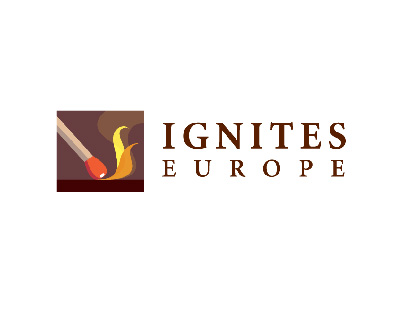ETF providers focus on growth despite regulatory scrutiny
By Chloe Leung 29 March 2023
ETF PROVIDERS FOCUS ON GROWTH DESPITE REGULATORY SCRUTINY
ETF providers in Europe expect ESG ETFs to attract ‘significant further investment’
The growth of environmental, social and governance exchange traded funds is set to continue in the coming years despite increased regulatory scrutiny.
ESG remains a priority for ETF providers in Europe, according to a survey conducted by PwC with more than 70 ETF managers, service providers, market makers and asset managers globally last year.
More than two-thirds of European respondents expect more than half of their product launches to be ESG-focused over the next two to three years. This compares with 25 per cent in Asia-Pacific, 20 per cent in the US and 16 per cent in Canada.
The survey also finds that ETF providers in Europe expect ESG ETFs to attract “significant further investment” and that expansion is “set to continue”. In 2022, ESG ETFs accounted for 65 per cent of inflows into European ETFs, according to Morningstar.
Greenwashing
Marie Coady, global ETF leader, partner at PwC Ireland, says ETF managers are “breeding and providing” new products to meet investor demand.
However, Andrea Murray, head of business development at Blackwater Search and Advisory, says the growth of ESG ETFs faces challenges as regulatory scrutiny begins to “make an impact” on the product development process.
Regulators have been on a drive to stamp out so-called “greenwashing” by defining and labelling ESG investing. It was recently reported that data provider MSCI has tweaked several aspects of its ESG rating methodology, which has resulted in many funds being stripped of their ESG rating.
Ms Coady says she believes it will take time for index providers and managers to “work their way” through ESG regulations in terms of “rebalancing the index and closing the data gap”.
Ms Murray adds that there will be “potential delays or redesigns of product ideas” as regulatory changes within the market “make an impact” on the product development process.
She says: “If stricter ratings drop a product to a much lower rating, it may not be appealing to institutional clients, which are the largest and most impactful investor base in Europe.”
Asset managers or ETF providers will not waste time creating the products if they cannot solve a client problem or investment need, Ms Murray says.
“This can certainly introduce barriers to entry for new ESG ETF products,” she adds.
But she points out that the ETF industry and the people within it are “resilient” and “can find a way to circumnavigate changes”.
“I don’t see the doors to new ESG products being fully locked anytime soon,” she adds.
Barriers will eventually evolve
Manooj Mistry, chief operating officer of HANetf, says he expects ESG ETFs to continue to be launched as “the demand is there”.
Ms Coady agrees, saying that regulatory changes are not going to impact growth in ESG ETFs as “investors are committed to ETFs”.
She says “a powerful and deepened partnership relationship” between the index provider and the asset manager is needed as they are “dependent on the other”.
“The partnership has to find out how to deliver the information to construct the index and achieve the outcome that supports investors’ sustainability goals,” she says.
“It will require managers to be more innovative and a huge amount of diligence.”
Patrick Stoess, partner and Europe, the Middle East, India and Africa wealth and asset management sustainable finance Leader at EY, adds: “While the ratings are useful for investors in their investment process, with the ongoing scrutiny of the ratings, investors may become less focused on the end rating, and perform enhanced due diligence on the components of the end product.”
The barriers will “eventually evolve” as rules will “finally be defined”, which “ideally would create much-needed clarity”, and ESG issuers will “adapt to these new rules”, Ms Murray says.


